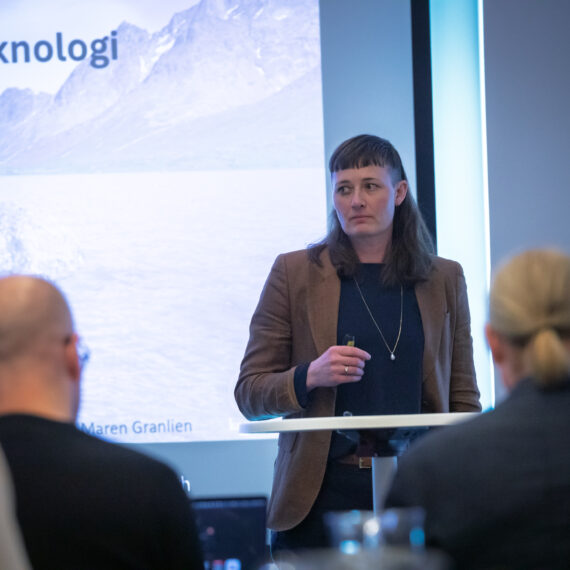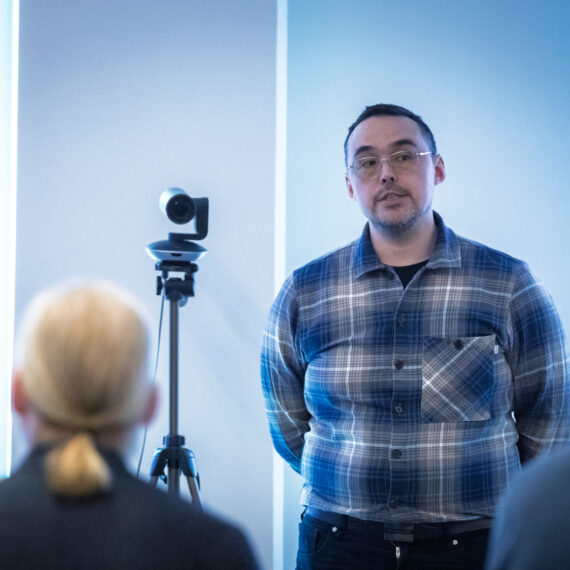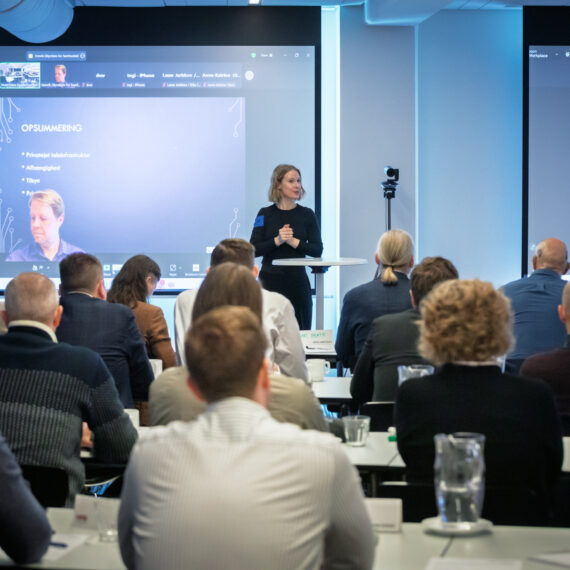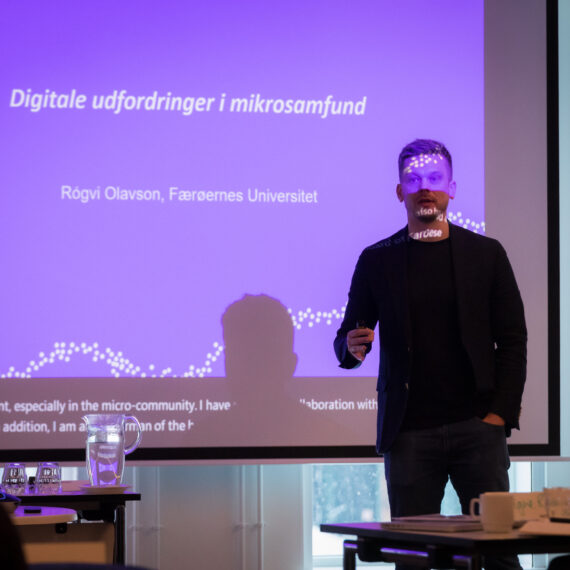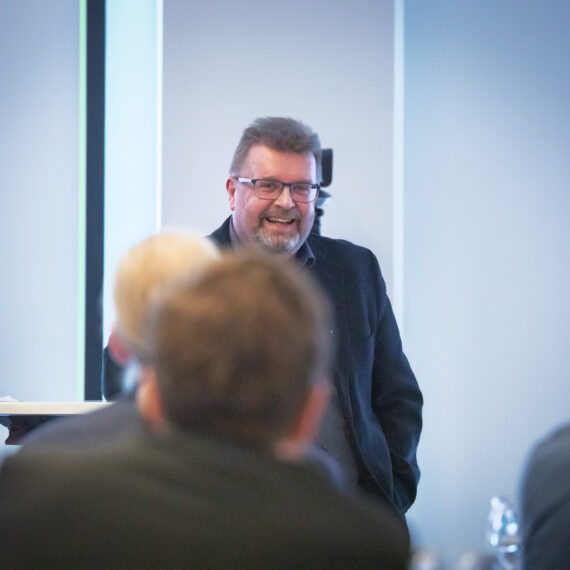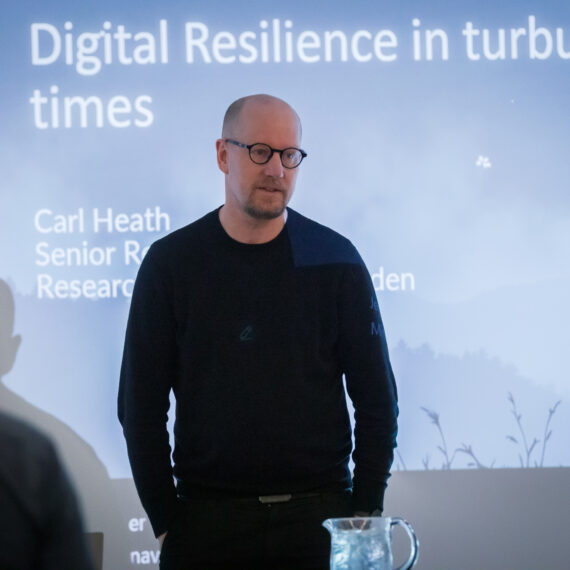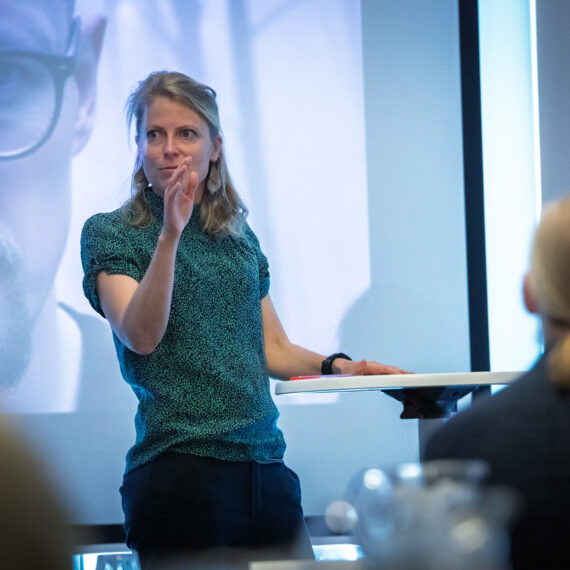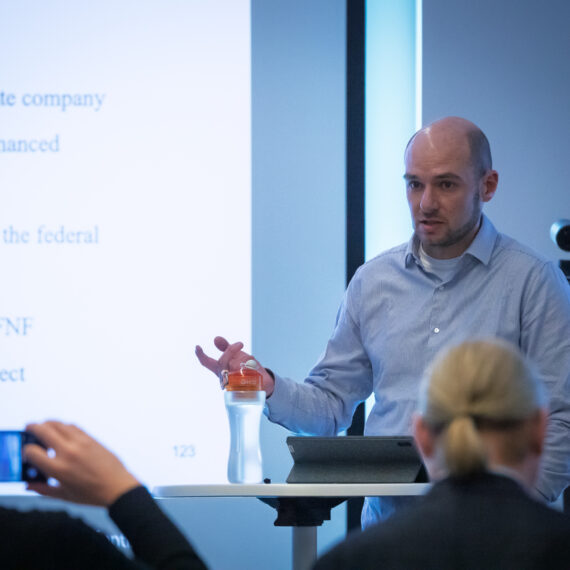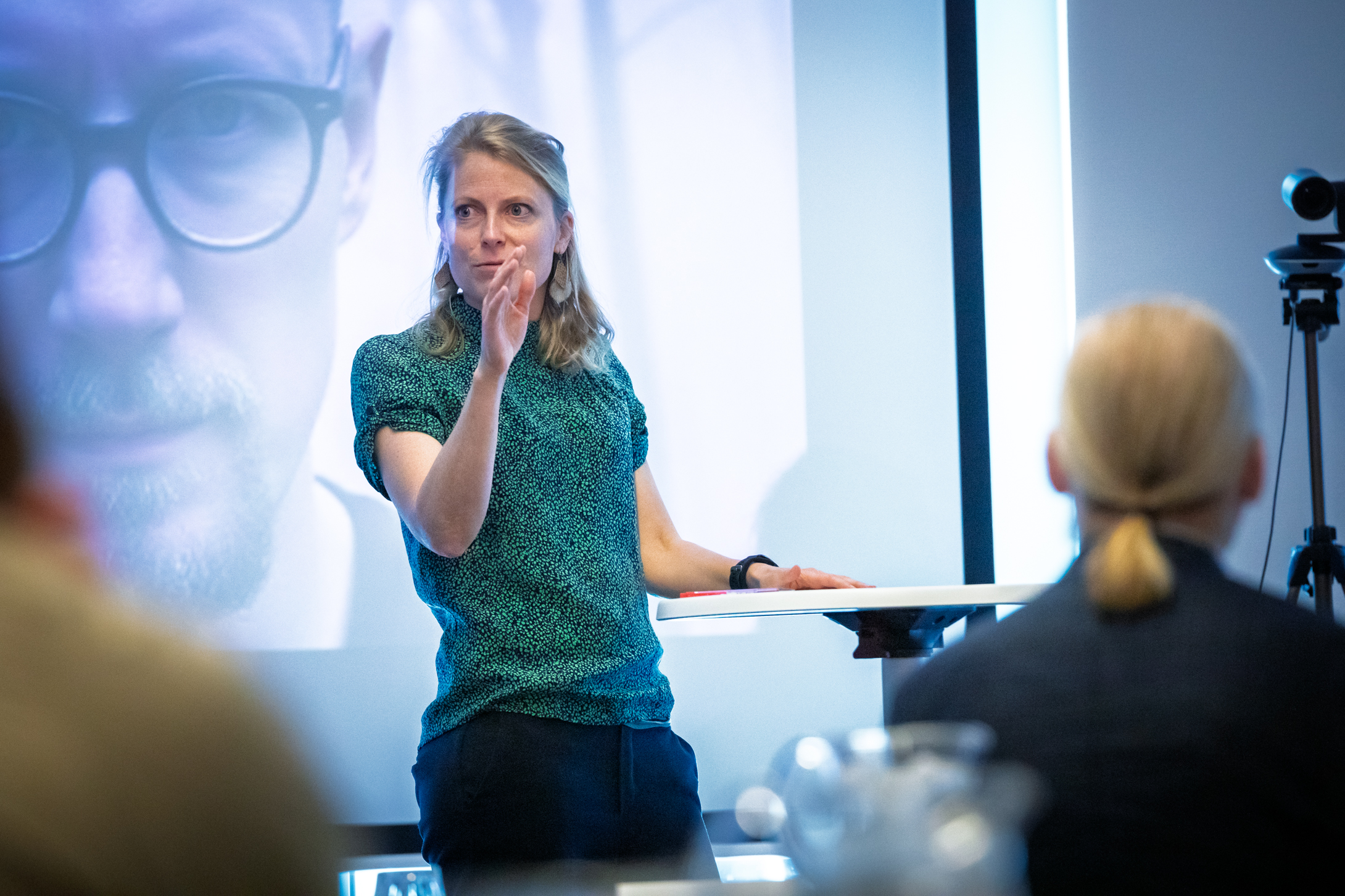
A Resilient Arctic Starts with Resilient Digital Infrastructure
The Digital Arctic Futures Conference Focused on the Future of the Internet in Greenland and the Arctic.
The internet has become an essential part of everyday life in the Arctic. It is used for everything from card payments and digital mail to Netflix, hunting licenses, and debates on Facebook. However, as dependence grows, so does vulnerability. What happens when submarine cables are damaged, the power goes out, or cyber-attacks hit critical community functions?
These questions were closely examined at the Digital Arctic Futures conference held by the Digital Infrastructure Think Tank on March 26, which explored the future of the internet in Greenland and the Arctic.
The event was supported by the Nordic Council of Ministers’ funding program, the Nordic Arctic Programme, administered by NAPA (The Nordic Institute in Greenland). Its goal is to strengthen cooperation and resilience in the Arctic through culture, innovation, and community development.
A Vulnerable but Essential Internet
The conference brought together speakers from across the Nordic and Arctic regions—including Finland, Sweden, Denmark, the Faroe Islands, and Nunavut in Canada—and focused on three key themes: a vulnerable internet, a resilient internet, and a democratic internet in the Arctic.
Participants discussed how natural phenomena, technical failures, and hostile powers threaten internet infrastructure in the region. Greenland’s limited number of submarine cables and geographic isolation make the country particularly vulnerable, highlighted by previous incidents such as power outages in Nuuk and damaged submarine cables in North and South Greenland.
“The Arctic—and the rest of the world—is becoming increasingly dependent on one single technology: the internet. We rely on the internet for democratic debate, public administration, and business operations. This creates increased vulnerability and dependency on a few giant tech companies. Society grinds to a halt if the internet goes down, and large tech companies can dictate prices and terms because we cannot manage without their apps and platforms. Therefore, we at the Digital Infrastructure Think Tank are delighted that the conference could gather so many people to discuss how we can make digital societies in the Arctic more resilient,” said Signe Ravn-Højgaard, director of the Digital Infrastructure Think Tank and initiator of the conference.
Around 100 people participated in the conference online and in person.
Prominent Nordic and Arctic Speakers
The conference featured expert presentations from speakers across the Nordic and Arctic regions, each offering unique yet relatable perspectives. Some of the speakers included:
Toke Binzer (Tusass, Greenland) and Kristian Reinert Davidsen (Føroya Tele) discussed shared North Atlantic challenges in ensuring stable connections in sparsely populated and weather-exposed areas.
Rógvi Olavson from the University of the Faroe Islands addressed digital challenges in micro-communities.
Hans Henrik Grabe from Greenland’s Telecom Administration presented solutions for enhancing Greenland’s digital infrastructure security.
Marko Ala-Fossi from Tampere University in Finland illustrated how Finland’s phase-out of 3G networks created major connectivity issues in rural areas.
Michael Delaunay from OPSA described how telecom policies in Nunavut are centrally managed from Canada without local input, resulting in slow and expensive internet dependent on satellites.
Carl Heath, senior researcher at RISE in Sweden, spoke about digital resilience in a geopolitically unstable landscape and how democracies can protect themselves through strategic digital initiatives.
Signe Sophus Lai and Sofie Flensburg from the University of Copenhagen emphasized the growing control of tech giants over internet infrastructure—even in the Arctic—and the need for democratic regulation.
Maren Granlien from consultancy firm ilik discussed artificial intelligence as both a challenge and necessity, highlighting its potential for public and private organizations.
Nordic Arctic Programme: Resilience and Strong Civil Societies
The guiding principle of the Nordic Arctic Programme is resilience and robust civil societies in the Arctic. Ensuring resilience is vital for the continued well-being, stability, growth, and prosperity of the region. The program targets both individuals and organizations—and supports locally anchored cooperation in the Nordic and Arctic areas.
The aim is to contribute to the Nordic Council of Ministers’ vision of making the Nordics the world’s most sustainable and integrated region by 2030, with particular focus on:
- Creating attractive and socially viable Arctic communities across generations
- Supporting local business opportunities and sustainable economic growth
- Promoting green transition and a circular economy
To ensure anchoring in both the Arctic and the Nordics, projects must include partners from at least three Nordic countries—for example, Greenland, Iceland, the Faroe Islands, Denmark, Norway, Sweden, Finland, or Åland. Projects may also include Arctic partners outside the Nordic region, provided the lead partner is Nordic.
Grants of up to DKK 500,000 can be applied for, and the program encourages long-term cooperation and strong networks in the region.
Other news
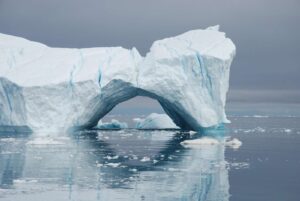
A bridge to the future
NAPA – The Nordic Institute in Greenland – has focused on being able to provide young adults with opportunities to develop themselves for many years. This is true for the artistic aspects, but also for the educational ones. That is why, NAPA gives opportunities for

Greenlandic applicants to Nordjobb have doubled
A hefty ad campaign by NAPA has borne fruit. Nordjobb is an offer for young adults living in the Nordic countries to go to one of the other Nordic countries on a work stay. While there are approximately 80-90 young adults who go to Greenland
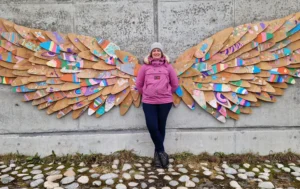
Susanne Andreasen becomes new director of Nordic Institute in Greenland
Susanne Andreasen becomes the new director of the Nordic Institute in Greenland, NAPA. Andreasen has extensive experience in the culture sector and theatre scene in Greenland. Among her other roles, Andreasen was the theatre director at the National Theatre of Greenland (Nunatta Isiginnaartitsisarfia) from 2016

Application module for Nordic Arctic Co-operation Programme launched!
NAPA and Ilisimatusarfik have launched the website and the application module for the Nordic Arctic Co-operation Programme, after Greenland took over responsibility for the management of the pool. Thus, projects focusing on sustainable development in the Arctic can now look forward to the opportunity to




